Control Systems
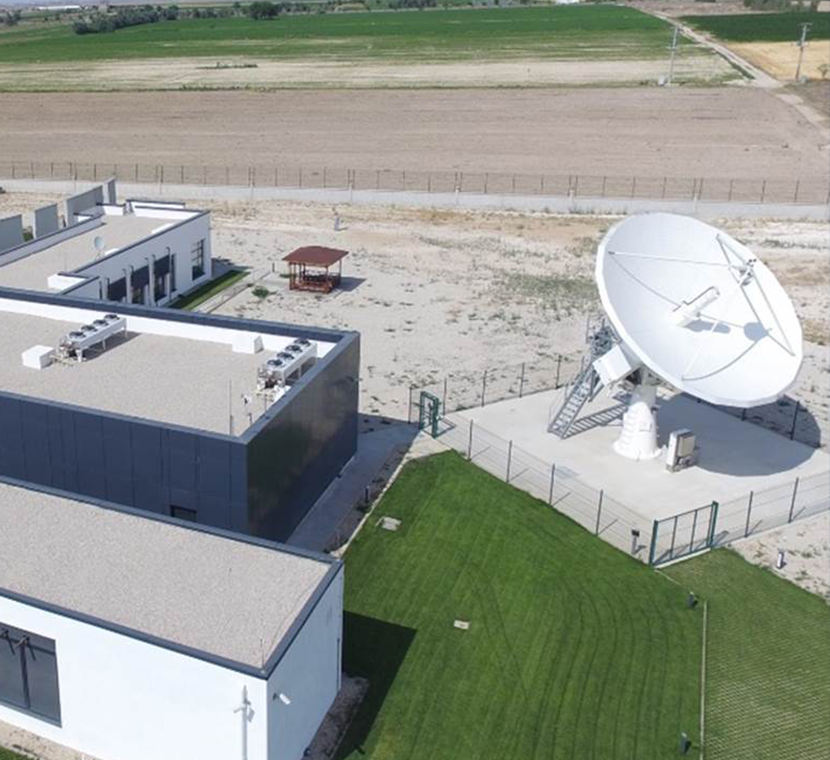
Control Systems
Communication with satellites moving at certain altitudes (GEO, MEO, LEO) in Earth orbit is provided by satellite ground stations located at specific points in the World. As a result of satellite ground stations, long-distance communication and data exchange can be provided. Optical images obtained using the relevant orbital satellites and satellite ground stations with specific geometry help us recognise, plan and learn about disasters and get ready for the world and our environment. With the analysis of these images, it is possible to conduct annual product forecasting in agricultural areas, classification of forest and agricultural land, urban region planning, mining planning, GSM base stations planning, water level and pollution determinations, weather forecasts and soil classifications.
Satellite ground stations can be mobile or fixed, depending on the satellite orbit and purpose of communication. In this context, in order for satellite ground stations to be directed towards satellites, movement systems called Az-El Pedestal type, which can move on an azimuth axis of 0°-360° and on an elevation axis of 0°-90°, are required to scan the hemisphere.
As the communication frequency increases, the bandwidth decreases, so the motion system positioning and tracking precision must be at a very high level (<0.1°). Although Az-El pedestal-structured motion systems are cost effective for fixed satellite orbit (GEO), high-cost Az-El systems are required to track low-orbit satellites (LEO, MEO). The most cost-effective system used to track low orbital satellites is the X-Y pedestal structure consisting of the X and Y axis, which can move perpendicular to each other able to scan the hemisphere.
In satellite communication, certain frequency bands between 0.1GHz and 110GHz determined by international boards are used. As the frequency band increases, the bandwidth decreases significantly, so satellite tracking precision of motion systems are performed at very precise levels. PROFEN continues its research and development activities to develop motion control and precise satellite tracking algorithms of antenna motion systems with Az-El and X-Y pedestal structures.
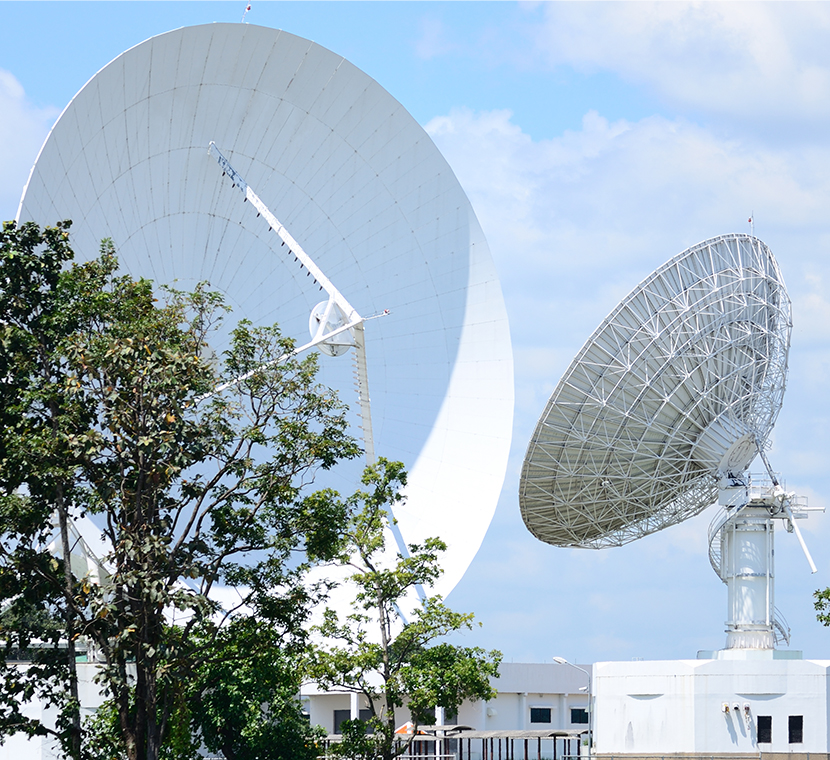
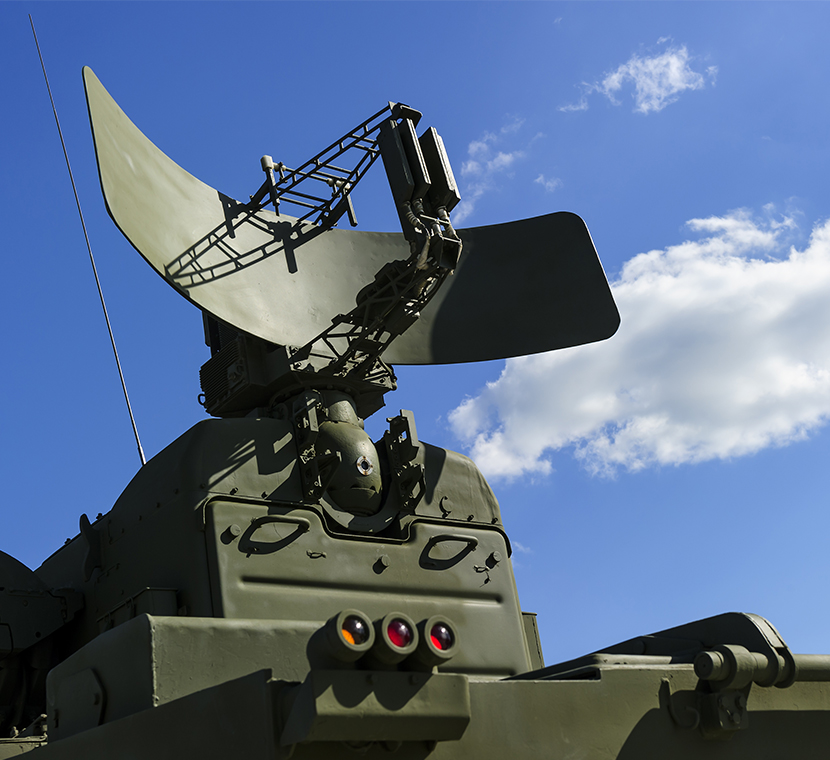
Antenna Motion Control Systems
- Dynamic and kinematic modelling of antenna systems
- System Identification
- Closed-loop and open-loop control algorithms
- Cascade control structures
- PID and Sliding mode control algorithms
- Kalman and low pass filter structures
- Motion control software with Az-El pedestal type
- Motion control software with XY pedestal type
- Stabilized (gimbal) control software for mobile systems (SOTM)
Target (Satellite, etc.) Tracking Algorithms
- Target driven trajectory planning
- Scheduled tracking
- NORAD (TLE) tracking
- Conical scan tracking
- Step-scan tracking
- Mono-pulse tracking
- Sun track
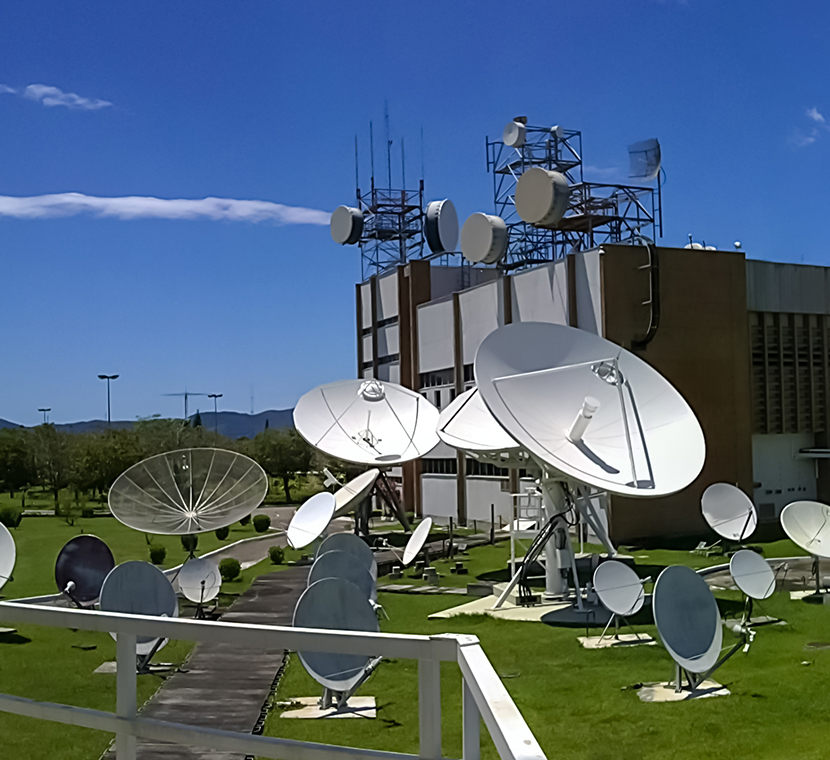
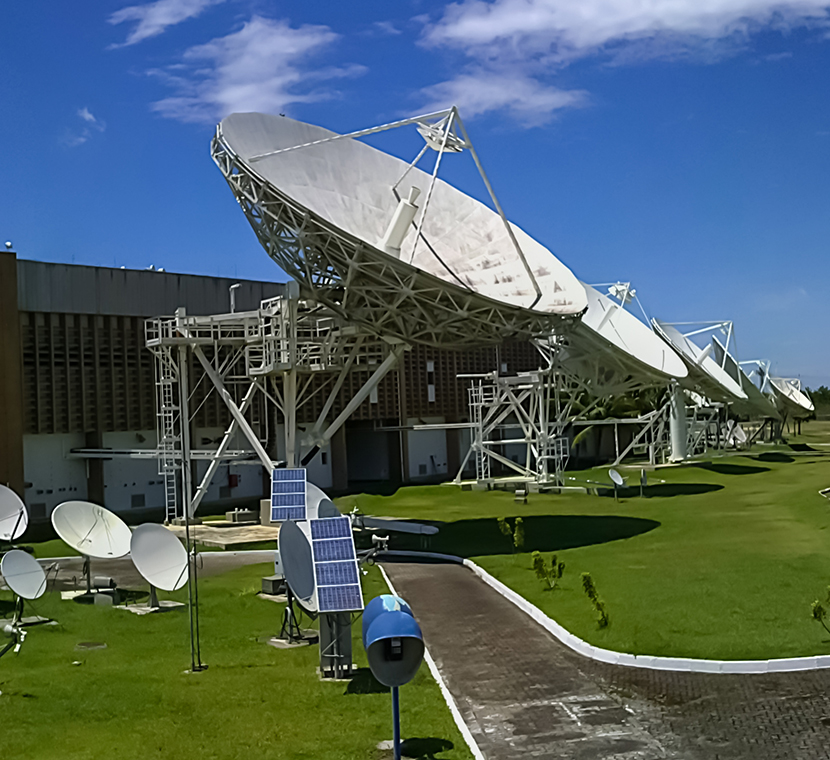
Generic Test Approaches
- Reducer backlash and efficiency tests
- Position accuracy tests with laser tracker
- Position accuracy tests with precision sensors
- Stabilized control software tests with 3-axis (roll, pitch, yaw) motion system
- Ship and land environment tests with motion platform
- Antenna system radiation pattern tests
- System natural oscillation frequency determination
